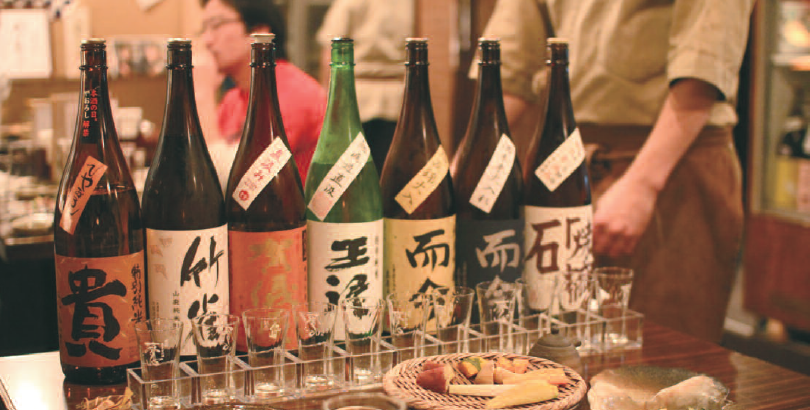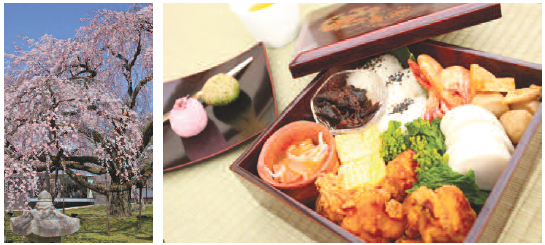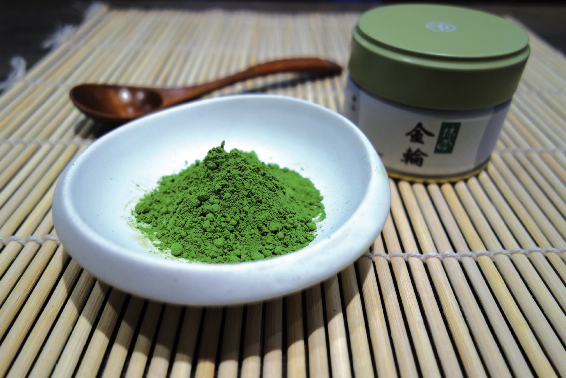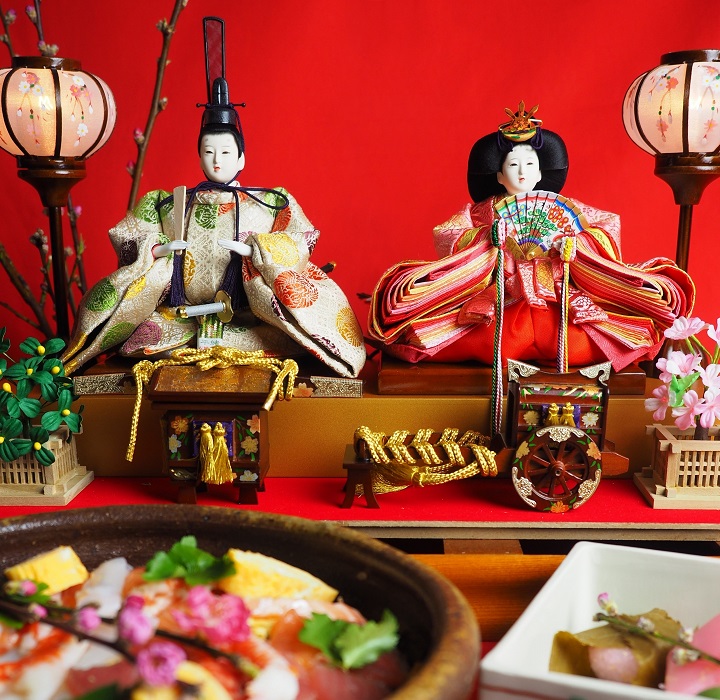

Forever open to new ideas, the former Imperial capital has naturally adopted bread more readily than elsewhere.
If your image of Kyoto is of a committed guardian of all that’s traditional, you’ll be astonished to learn that it competes with Kobe for the title of the city that consumes the most bread, with every household eating 62,545 grams per year whereas the national average is 45,087 grams. Its also consumes the largest amount of butter and milk (which is linked). Within the city, there are 283 bakeries. From the moment you get off the train, you’re aware of the presence of bakeries and bread everywhere, whether produced commercially on a large scale or crafted by artisan bakers. It’s found at every station entrance, in shopping districts or residential areas… Part of this city’s mystery and charm is that it remains completely traditional yet demonstrates such great curiosity. In the modern era, Kyoto was the first city to build a tramway (1895), and a hydroelectric power plant (1890). It saw the first successful flight of a manned hydrogen balloon (1877), and the opening of the first brewery (1895)… and even today restaurants with food from around the world rival those offering traditional Japanese cuisine. So, what about bread? When you consider how it’s made – the result of artisanal know-how reflecting the personality of each individual baker – you can easily understand how its production might be important for Kyotoites. The presence of so many foreigners, both tourists and residents, has also undoubtedly had a great influence. even French visitors never fail to praise the quality of the bread in the former Imperial capital city. There’s even a bakers’ street (Imadegawa dori) where you’ll find a bakery nearly every hundred metres. each one has its own particular speciality: real country-style bread, freshly-made sandwiches, little sugared rolls to appeal to children, sourdough bread, bagels, old-fashioned milk bread, bread using Japanese ingredients…
Kyoto is also renowned for its coffee, and figures show that it’s also the city that consumes the greatest amount! This is thanks, in part, to the quality of its very soft water but also to a heightened sensitivity regarding flavour and taste, which was already highly developed thanks to tea. One of the first bakeries to sell baguettes opened the café Our Daily bread in 1930. And on a poster at the time, they wrote in French: “The best, most hygienically-made bread”…
As in every city where there’s a coffee culture, these cafés exist, first and foremost, to make it easier for people to meet one another and to foster a sense of local community. Around the universities, cafés selling delicious bread offer students somewhere to meet and debate, and serve as early morning retreats for men and women workers in the business district… New food is never adopted just on its own, it becomes important once it’s firmly embedded in people’s lives and creates organic ties or symbols of life for communities.
SEKIGUCHI RYOKO










